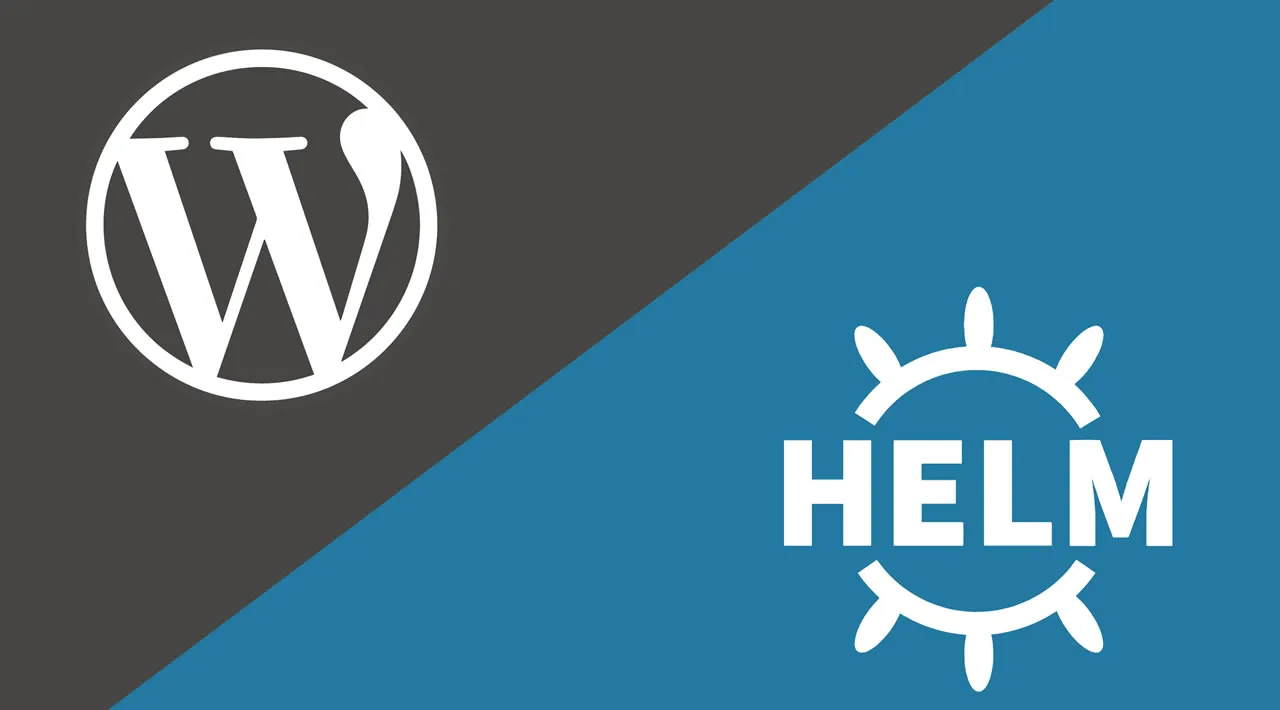Learn how to deploy WordPress on Kubernetes using Helm. Learn how to deploy the world’s most widely used portal application on the world’s most powerful application runtime in no time.
Why Run a WordPress Site on Kubernetes?
WordPress is a free and open-source website building platform. Using WordPress, anybody can make any kind of website. Years ago, it started out as a blogging platform but soon transformed into a CMS and later into a full-fledged website building platform. Written in PHP and paired with a MySQL or MariaDB database, WordPress has a plugin and template architecture and an infinitely long ecosystem to power websites with plug-ins and themes (template).
Kubernetes is an open-source system for automating deployment, scaling, and management of containerized applications. It organises applications in logical units of containers for easy deployment, discovery, management. Kubernetes is THE platform for running modern applications as scale, in a resilient manner with declarative configuration and automation.
Why Helm?
Helm is a package manager for Kubernetes. It helps to package, configure, and deploy applications and services in a Kubernetes cluster. Helm uses a packaging format called charts; a Helm chart is a collection of YAML files that describe a related set of Kubernetes resources.
Setting up a WordPress instance on the Kubernetes cluster will help you to have a hosting infrastructure that can scale dramatically and provide resilience, flexibility powered by Kubernetes.
So, let’s set this up in 15 minutes.
I have provided the step by step to install and run a WordPress instance on a Kubernetes cluster. I have run it locally as well as in Google Cloud Platform (GCP).
#kubernetes #wordpress #helm #developer #web-development
